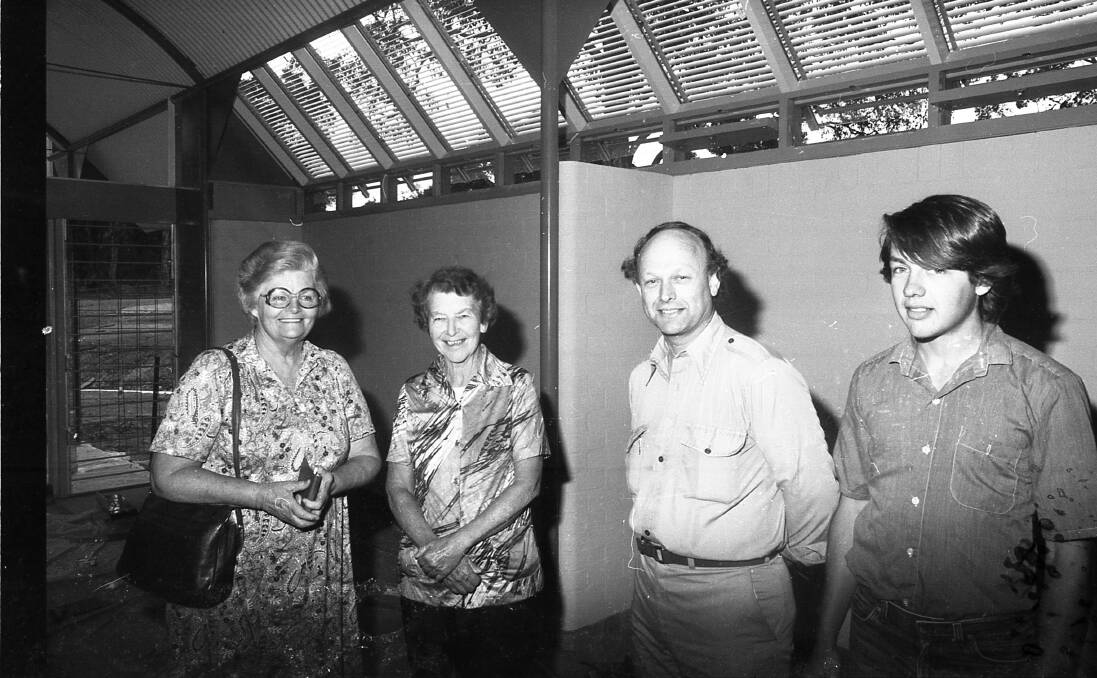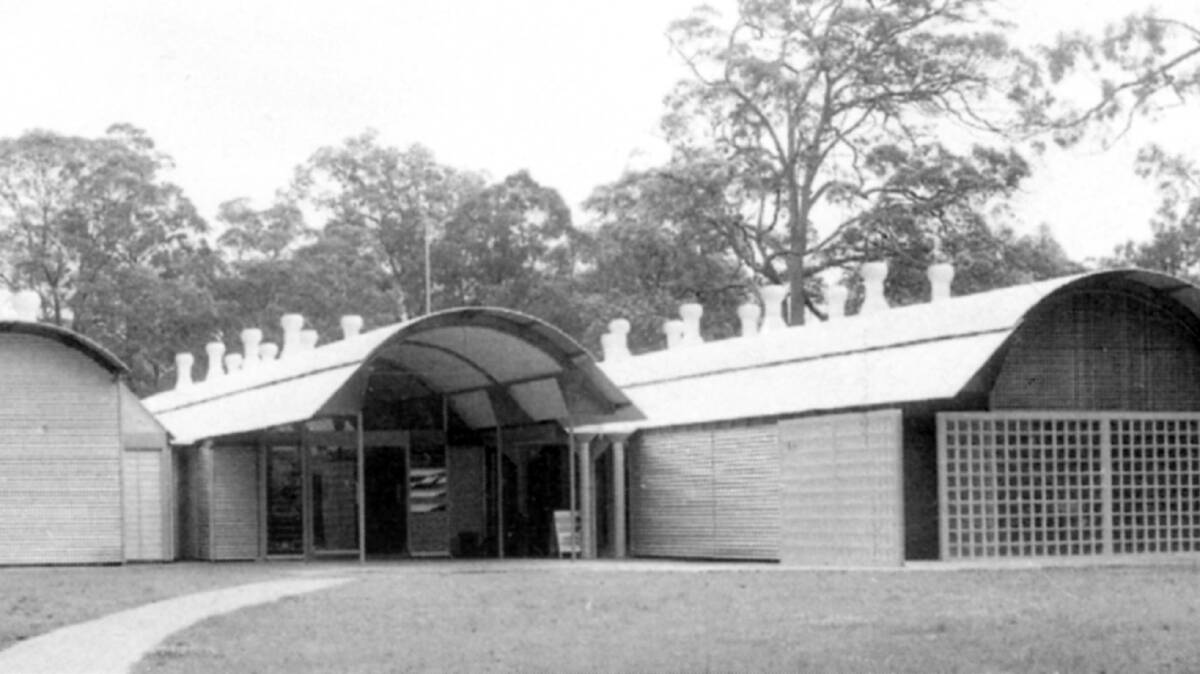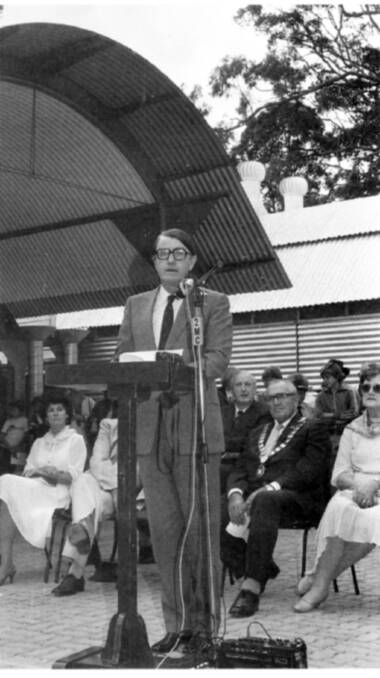
GLENN Murcutt already has more than a few impressive accolades to his name, but last week, the designer of Kempsey Museum received one of his most prestigious to date, the Praemium Internationale for architecture.
Subscribe now for unlimited access.
or signup to continue reading
The Praemium Internationale recognises and awards artists, including architects, for their achievements, for the impact they have had internationally on the arts, and their role in enriching the global community.
Glenn is the first Australian to have won this award.
His ties to the Macleay go back many decades.
In 1975, the Macleay River Historical Society (MRHS) had been without a museum for five years when it was announced that the Society had been given land for a historical complex in South Kempsey Park.
Glenn promised Miss Gwen Kemp, president of the MRHS, that he would design a museum for the Society.
On January 25 1979, a special meeting was held at Miss Kemp's residence, where Glenn unrolled his plans for the museum.
Glenn Murcutt's interest in the Macleay had sprung from his 1975 award-winning house built near Crescent Head, which he later purchased from the client, Marie Short, to use as a holiday home.
At this time, Kempsey Shire Council was forced to look at new accommodation for its Visitor Information Centre.
Located near the Post Office, the centre would have to be moved to allow for traffic lights on the western approach to the bridge.
By June 25 1981, Glenn had drawn up preliminary plans for the museum and Visitor Information Centre with a budget of $80,000 for the museum part of the project.

The Society would add $10,000 of its own funds to the $20,000 grant from the Division of Cultural Activities.
Council would loan the Society $40,000, leaving a $10,000 shortfall that the Society hoped to raise.
The Council had hoped for a $50,000 grant from the Department of Tourism to build the Visitor Information Centre and theatrette.
This grant was approved in September 1981.
The new Kempsey Museum was finally opened on April 16 1983, by the then Premier of New South Wales, Mr Neville Wran.
A crowd of about 600 attended as Mr Wran praised architect Glenn Murcutt and handed a cheque for $1,000 for shelving to MRHS President, Miss Gwen Kemp.
Glenn Murcutt's motto, "touch the earth lightly", is reflected in how the museum fits unobtrusively into the local landscape.
The roof of curved corrugated iron is evocative of Australian farm buildings.
Colour schemes are used to relate to the blue of the sky, the red-orange bark of the surrounding tallowwood trees, and the red clay on which the buildings were sited.
Glenn won the Sir Zelman Cowan Commendation for the museum and became an architect of international stature, winning the 2002 Pritzker Prize, one of the highest distinctions in architecture.
Since its completion, a steady stream of architectural students from all over the world have visited the museum, a continuing reminder of the esteem in which Glenn Murcutt is held.

After a few years, the museum had outgrown itself, and a committee was formed to apply for a 1988 Bi-Centennial Grant.
After a lot of hard work, a grant of $125,000 was obtained.
Matched with a similar amount from Kempsey Shire Council, and with smaller Federal and State grants, a total of $299,000 was obtained.
This allowed for an extension to be built, which doubled the museum display area, and new exhibits were added, including a fully restored 1914 model Leyland truck.
On December 8 1988, the extension was opened by Mr Gerald Gleeson, Chairman of the NSW Bi-Centennial Council.
Recently the Visitor Information Centre has relocated to the Slim Dusty Centre, and the Dunghutti-Ngaku Aboriginal Art Gallery now occupies the space.
Also making the news:
Our journalists work hard to provide local, up-to-date news to the community. This is how you can continue to access our trusted content:
- Bookmark our website
- Make sure you are signed up for our breaking and regular headlines newsletters
- Follow us on Twitter: @macleayargus
- Follow us on Instagram: @macleayargus

